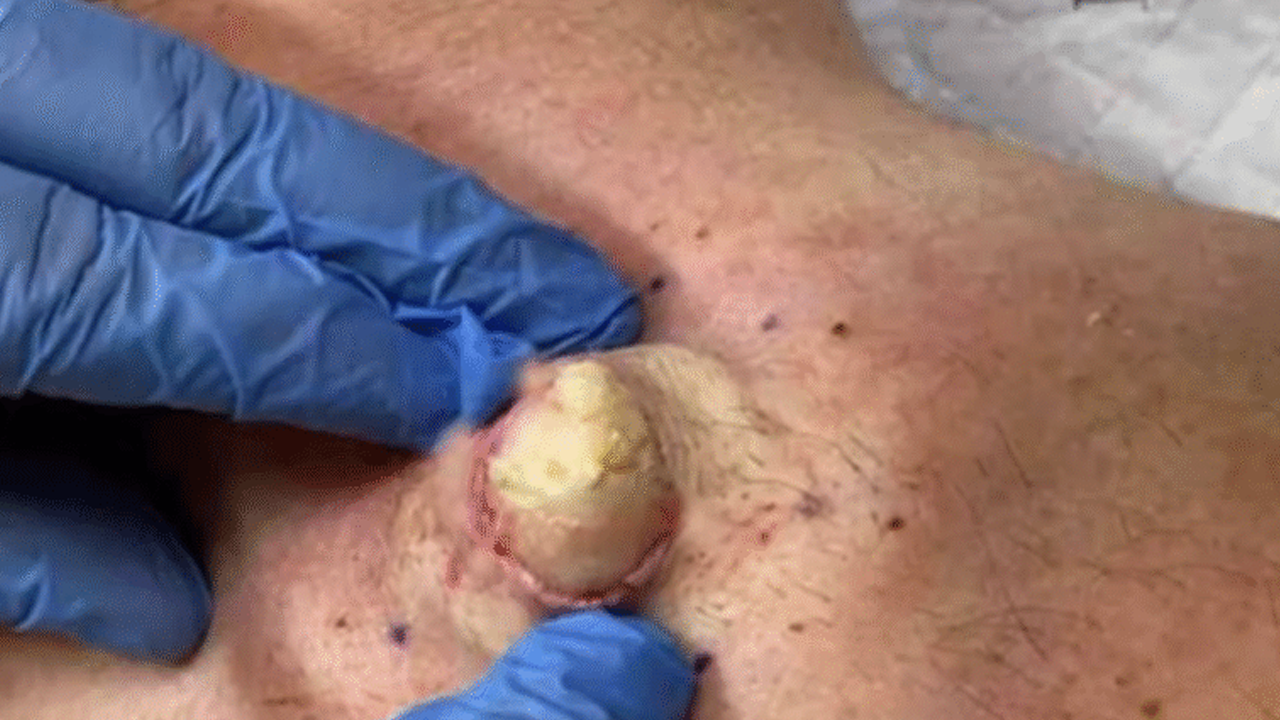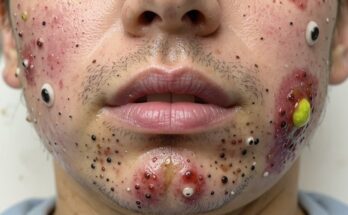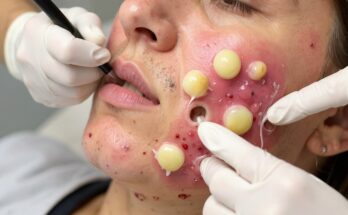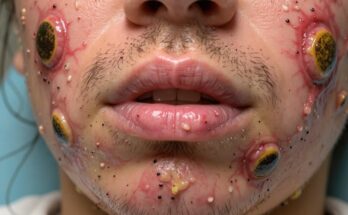Navigating the World of Cysts: Understanding Removal Options and When to Seek Help
Dealing with a stubborn cyst can be frustrating. These encapsulated lumps, often filled with a cheesy, pus-like substance, can range from mildly annoying to significantly painful. This comprehensive guide explores the intricacies of cyst removal, helping you understand your options and make informed decisions about your health.
What Exactly is a Cyst?
A cyst isn’t just a single entity; it’s comprised of two key components:
The Contents: A Closer Look
The inner part of the cyst is filled with a mixture of dead skin cells, keratin (a protein that forms your skin, hair, and nails), and oil. This material often appears as a thick, yellowish substance.
The Cyst Wall: The Root of the Problem
The outer layer, called the cyst wall or sac, is what truly matters when considering removal. This sac is the crucial element that, if left behind, can lead to recurrence. This is why simply draining the contents often isn’t enough for a long-term solution.
Professional Cyst Removal: Your Best Bet
Attempting to remove a cyst at home is strongly discouraged. Improper techniques can lead to infection, scarring, and a greater chance of the cyst returning. Instead, consult a medical professional for safe and effective removal.
1. Surgical Excision: The Gold Standard
This is the most thorough method, best suited for large, recurring, or uninfected cysts. A surgeon makes an incision, completely removes the cyst and its sac, and then closes the wound with stitches. This approach minimizes the risk of recurrence, though it may leave a small scar.
2. Minimal Excision: A Less Invasive Approach
For smaller, non-inflamed cysts, minimal excision might be an option. This involves a tiny incision, allowing the doctor to carefully express the contents and remove the sac. While offering a smaller scar, it carries a slightly higher risk of recurrence if the entire sac isn’t successfully extracted.
3. Incision and Drainage (I&D): A Temporary Fix
I&D is primarily used for infected or inflamed cysts. The doctor makes a small incision to drain the pus or keratin, but the sac itself remains. This provides immediate relief from swelling and infection but is only a temporary solution, as the cyst is highly likely to return.
Why DIY Cyst Removal is a Risky Game
Squeezing or attempting to pop a cyst at home is a recipe for disaster. You risk leaving behind parts of the cyst wall, introducing infection, causing significant scarring, and potentially spreading bacteria deeper into your skin. While home remedies might temporarily relieve pressure, they don’t address the root cause.
When to Seek Professional Medical Attention
Don’t hesitate to see a doctor if:
- Your cyst is painful, red, swollen, or draining pus.
- The cyst keeps reappearing.
- It’s affecting your movement or is causing cosmetic concerns.
- You’re unsure if the lump is a cyst, lipoma, or something else entirely.
Post-Removal Care: Ensuring a Smooth Recovery
Following your doctor’s instructions is vital for proper healing. This typically involves keeping the area clean and dry, applying antibiotic ointment as directed, and carefully monitoring for signs of infection like redness, heat, or increased pus.
Sebaceous Cysts: A Specific Type
Sebaceous cysts, also known as epidermoid cysts, are benign growths often found on the face, neck, or trunk. While typically painless unless inflamed, their size or recurrence can necessitate professional removal. The same removal techniques—surgical excision, minimal excision, and I&D—apply to sebaceous cysts, with the choice depending on the cyst’s size, location, and condition.
Summary of Removal Methods
The table below summarizes the key aspects of each cyst removal method:
| Treatment Method | Removes Cyst Wall? | Recurrence Risk | Best Suited For |
|---|---|---|---|
| Incision & Drainage | No | High | Infected, inflamed cysts |
| Surgical Excision | Yes | Low | Large, recurrent cysts |
| Minimal Excision | Yes | Moderate | Small, superficial, non-inflamed cysts |
Remember, professional medical advice is crucial for safe and effective cyst removal. Don’t hesitate to seek help if you’re dealing with a persistent or problematic cyst.









